The SNP was wiped off the map in the central belt at the Westminster election as Labour swept to victory in its traditional heartlands.
By contrast, the nationalists clung onto two key seats in Aberdeen and triumphed over the Tories in tight Aberdeenshire and Moray constituencies.
Could the north-east be set to benefit from First Minister John Swinney refocusing his party’s priorities?
Will there be a shift on energy policy?
The SNP’s opposition to the oil and gas industry has softened since Nicola Sturgeon left office.
Can we expect to now see Mr Swinney adopt an even friendlier position?
SNP Westminster chief Stephen Flynn, who represents Aberdeen South, positions himself as a strong voice for the energy sector.
“I suspect it’ll be more of a change of tone, rather than a change of substance,” one SNP source said.
The SNP’s old presumption against new drilling projects has been replaced by an emphasis on the need for climate compatibility tests.
“The language may be more in the direction of those tests needing to be met,” the SNP source added.
Is Nicola Sturgeon’s agenda dead?
When Nicola Sturgeon was in power, her detractors complained the SNP was too focused on the central belt.
Her party had never traditionally dominated cities like Glasgow – until the record success in the 2015 Westminster vote.
Ex-SNP media chief Fergus Mutch said: “Perhaps the hallmark of the Sturgeon era was it forgot about its traditional heartlands a little bit.
“Certainly perception wise in the north-east it was considered a bit of an afterthought.”
James Mitchell, professor of public policy at Edinburgh University, said: “A direct consequence of the election is that the Sturgeon agenda is dead.
“Glasgow’s voice and the west of Scotland’s voice is diminished.”
Are the needs of the central belt and rural Scotland really that different?
Former SNP health chief Alex Neil believes the party has made many missteps – but still needs to appeal to the whole of Scotland.
He said: “If the SNP is going to retain power, it has to appeal to the whole of Scotland.
“We need to be looking to get support in every constituency.”
He added: “Circumstances do vary but when it comes to the bottom line, the interests of urban and rural Scotland are much aligned.
“Issues like housing, health, and education – they matter equally to people in urban areas and rural areas. The solutions are much the same.”
Despite believing Ms Sturgeon’s approach is no longer viable, Prof Mitchell cautioned a huge change in direction is unlikely.
He said: “I would be wary of going too far down the direction of suggesting it’s going to be a massive shift.
“You’re still going to get that urban articulation in Aberdeen and Dundee, and some of the interests of those cities will be similar to the central belt.”
Is there a risk the SNP could overcompensate?
The SNP’s may have had a successful night in the north-east but to a large degree that can be credited to the electoral system.
Westminster chief Mr Flynn benefited from the Labour and Tory vote being almost identical as he held on in Aberdeen South.
Meanwhile, Seamus Logan’s win against Douglas Ross in Aberdeenshire North and Moray East came against the backdrop of a significant Reform UK vote.
The 2026 Holyrood election could end up being much more complicated, given MSPs are elected to the Scottish Parliament proportionally.
Allan Faulds, who runs polling website Ballot Box Scotland, recently noted the SNP’s vote in Aberdeen and Glasgow was similar.
The big difference in Glasgow was Labour’s much stronger performance.
An SNP source said: “In terms of strategy I don’t really believe this suggests that the SNP can’t win in areas like Fife, Edinburgh or Glasgow.”
Has a shift already been happening?
The SNP’s top team in Holyrood has a much less urban profile than it did under any of the party’s two previous leaders.
Mr Swinney’s Perthshire patch brings in plenty of rural areas, while Deputy First Minister Kate Forbes represents a large Highland constituency.
Since becoming SNP leader, Mr Swinney has placed a much stronger focus on the economy instead of social policy.
Mr Mutch, who has previously stood for the SNP in the north-east, said there was a clear change in focus as soon as Mr Swinney replaced Humza Yousaf.
Prof Mitchell said: “I think the more significant shift in terms of the image they’re going to be projecting comes from the leadership of John Swinney.”
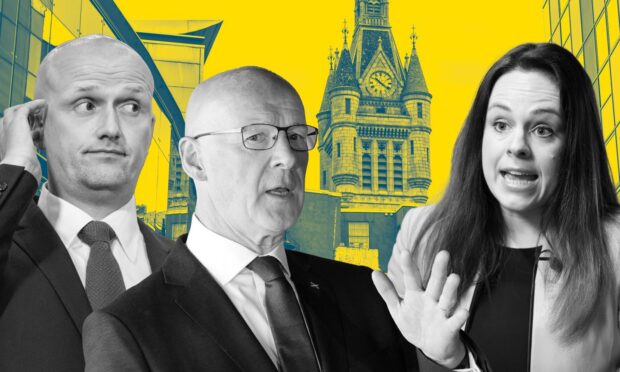
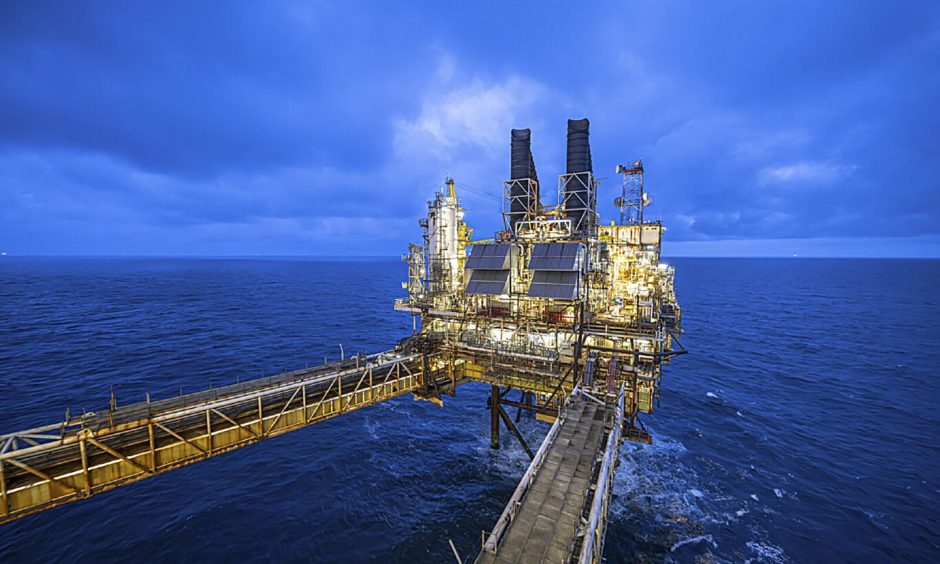
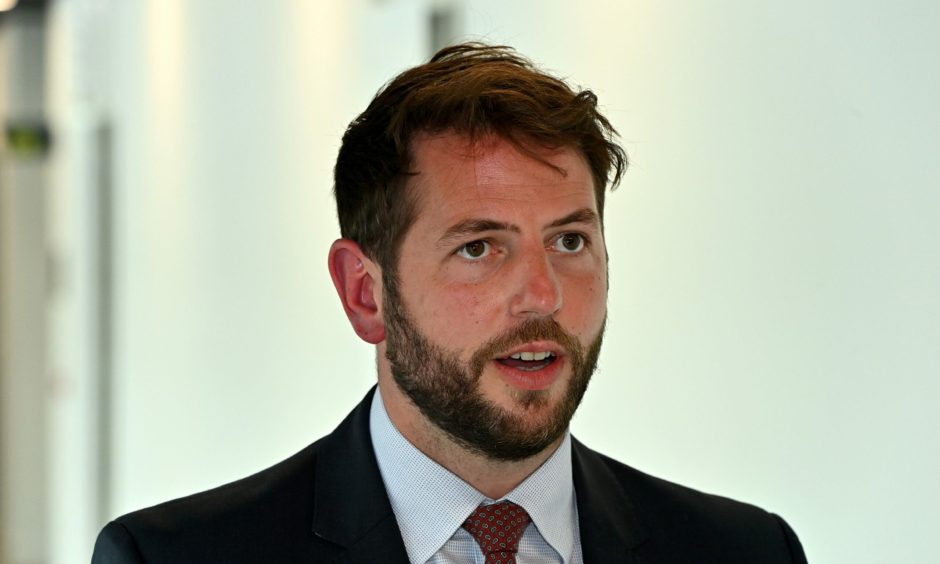
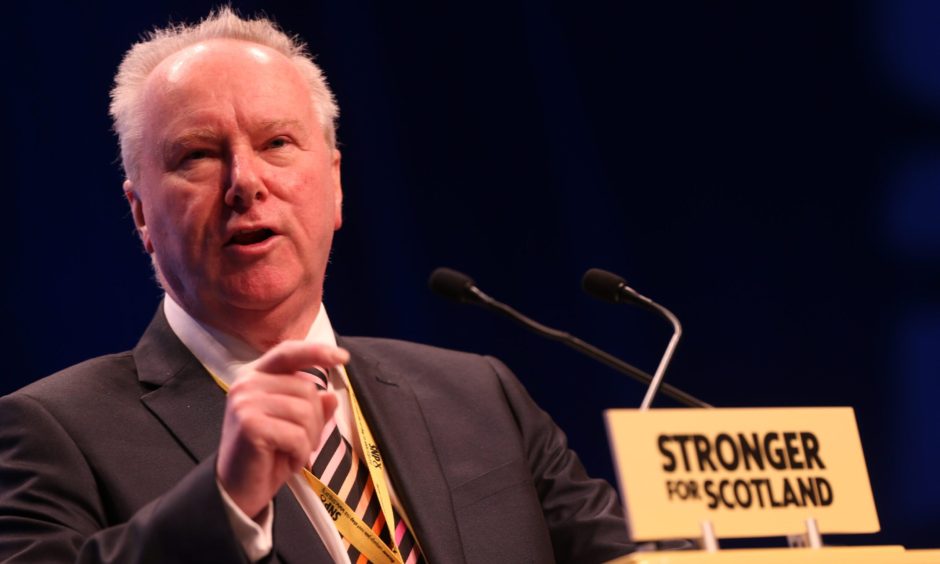
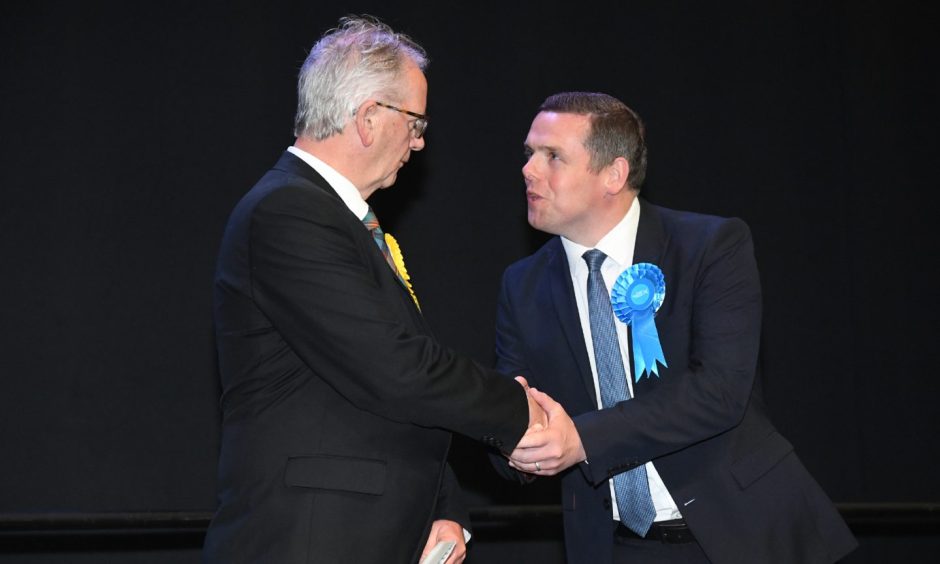
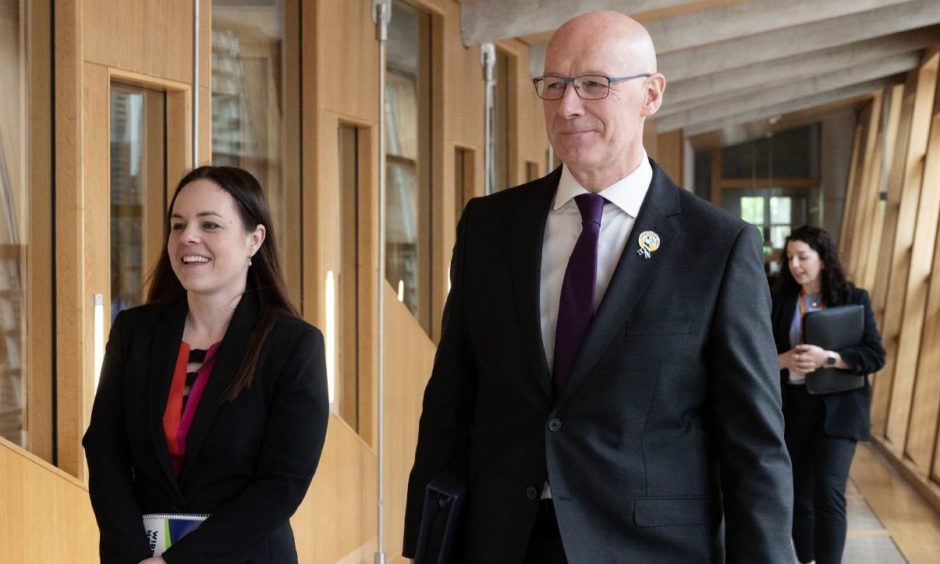
Conversation